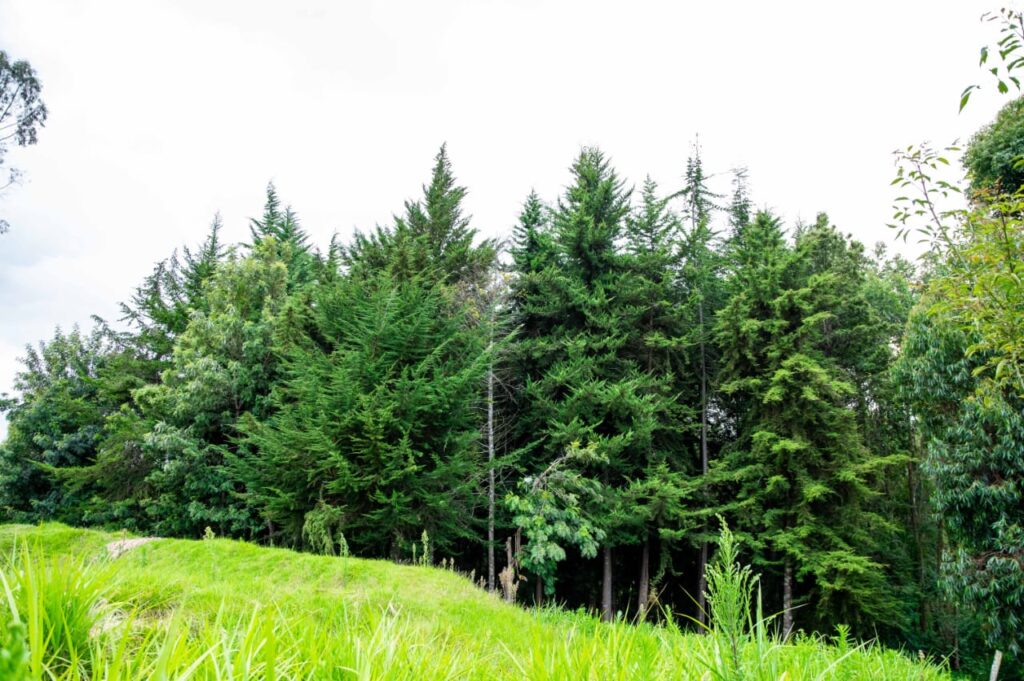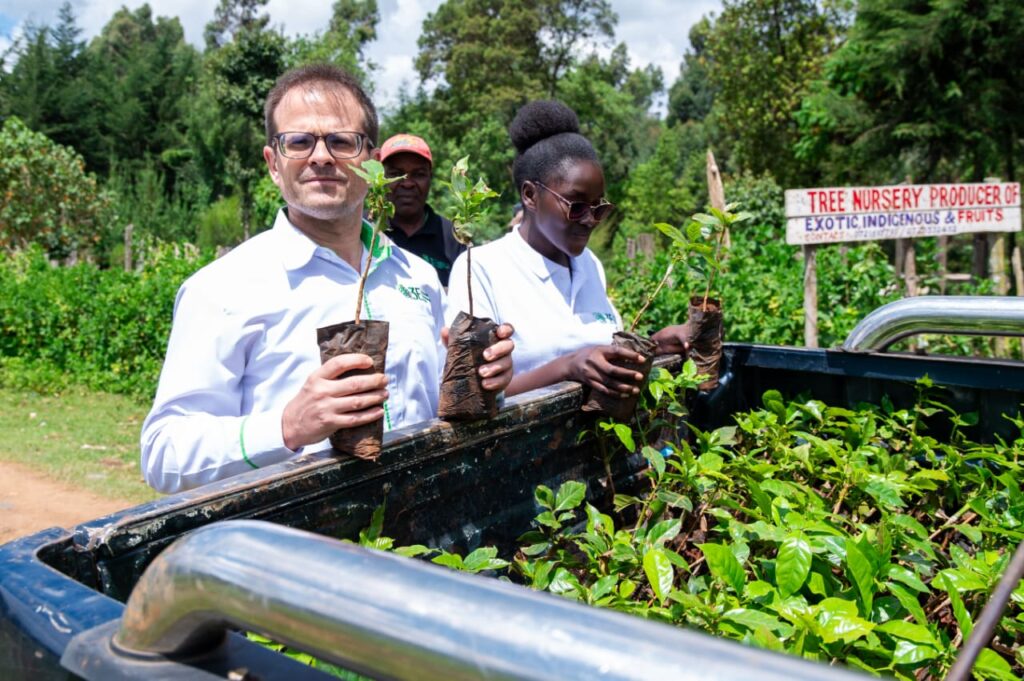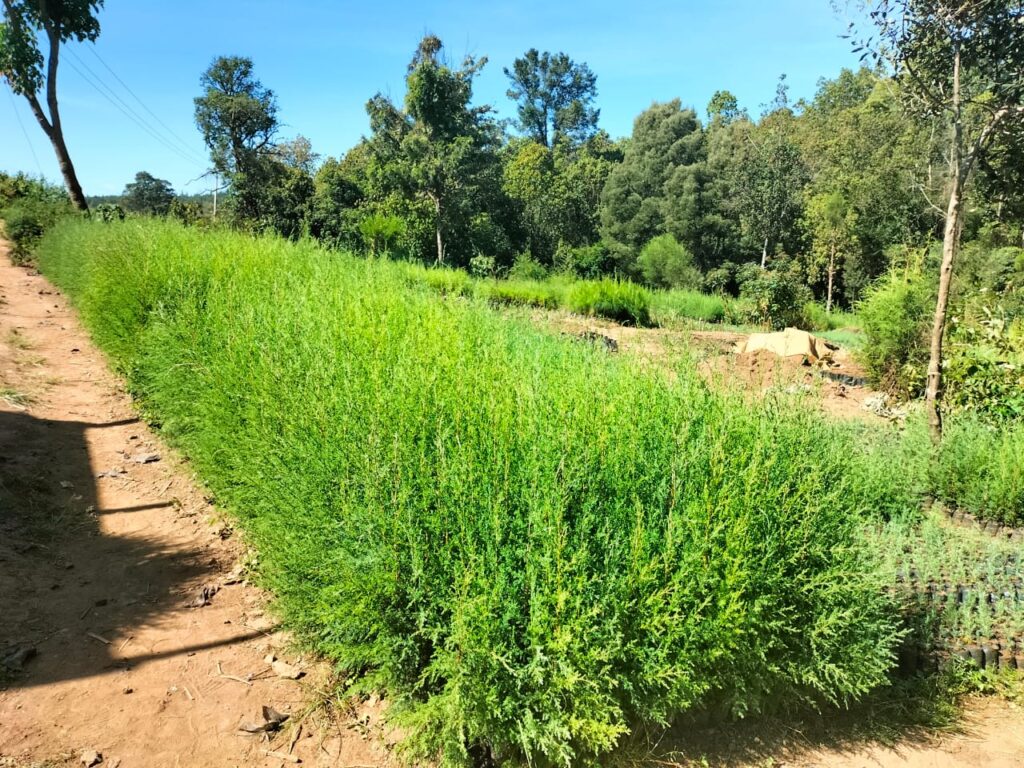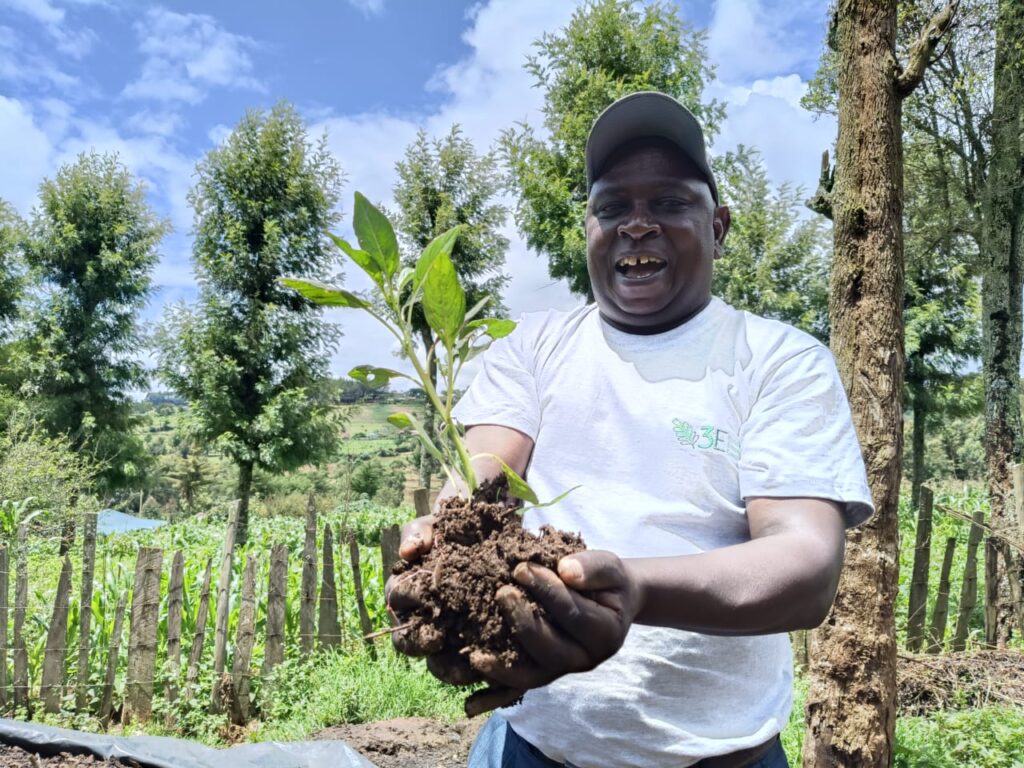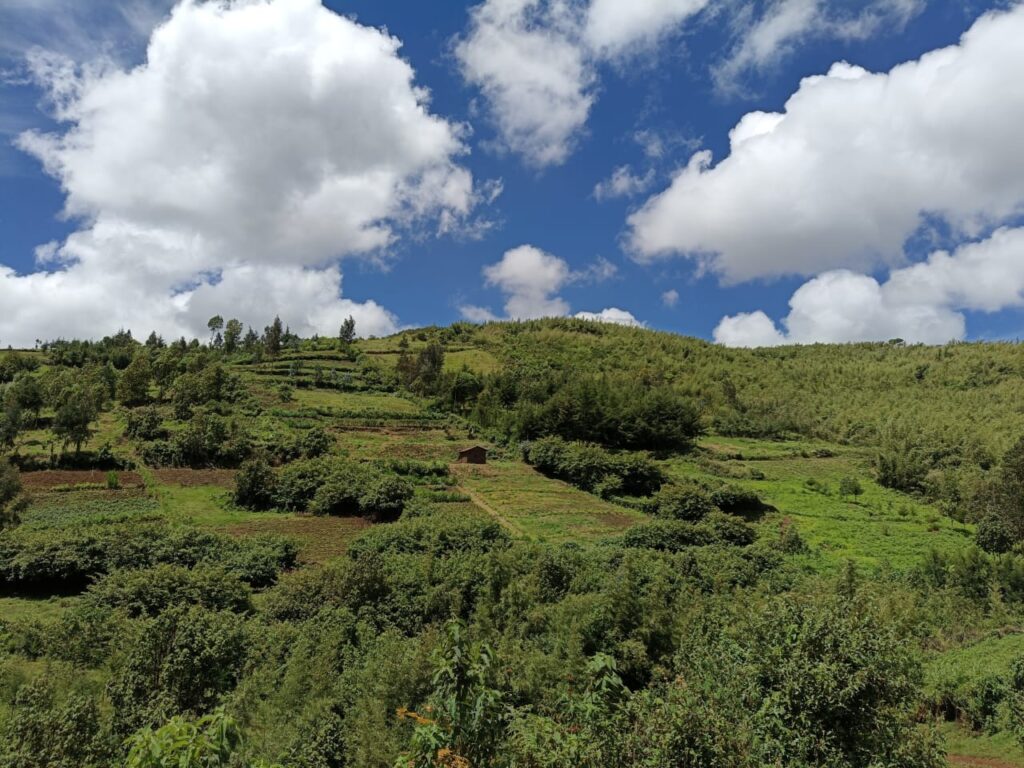Climate change has put environmental conservation into the spotlight. Human activities and pollution have degraded our lands, harming the environment. Restoring these lands requires a collective effort to ensure a better future for generations to come.
Collective restoration efforts offers massive benefits for both people and nature. Reforestation, wetland and farmland restoration, along with other natural solutions, can provide over a third of the greenhouse gas mitigation needed by 2030. Healthy lands contribute to climate change mitigation and adaptation, improved economies, food security, clean water, good health, and biodiversity protection. This is why land restoration isn’t just an option but a necessity.
Land restoration is a collective responsibility. Everyone, from international organizations and governments to businesses, investors, communities, and individuals, has a role to play. In Kenya, where agriculture is the backbone of the economy, has significantly degraded the land. The growing population intensifies this issue. The use of chemicals to increase farm productivity contributes to greenhouse gas emissions and water pollution. Additionally, population growth puts pressure on forests, with some resorting to cutting down trees for charcoal and encroaching on forest land for settlements.
The future of Kenya depends on healthy land. 3E organization joins other key players in the restoration journey in Nakuru and Baringo Counties through its projects. 3E focuses on restoring farmlands and forests in Kenya, placing environmental protection and conservation at the heart of its mission.It promotes reforestation using native and other tree species to reduce domestic wood consumption. Alongside these efforts, 3E champions for sustainable and regenerative agricultural practices and methods that increase productivity while minimizing environmental impact, contributing to a world with access to sufficient, nutritious, and environmentally friendly food.
3E collaborates with communities, sharing knowledge on the importance of land protection and provide resources to empower them implement approaches that benefit both humanity and the environment. We are committed to being active participants in the land restoration journey, but we can’t do it alone. This is a call to action for everyone. By working together, we can heal the planet.
